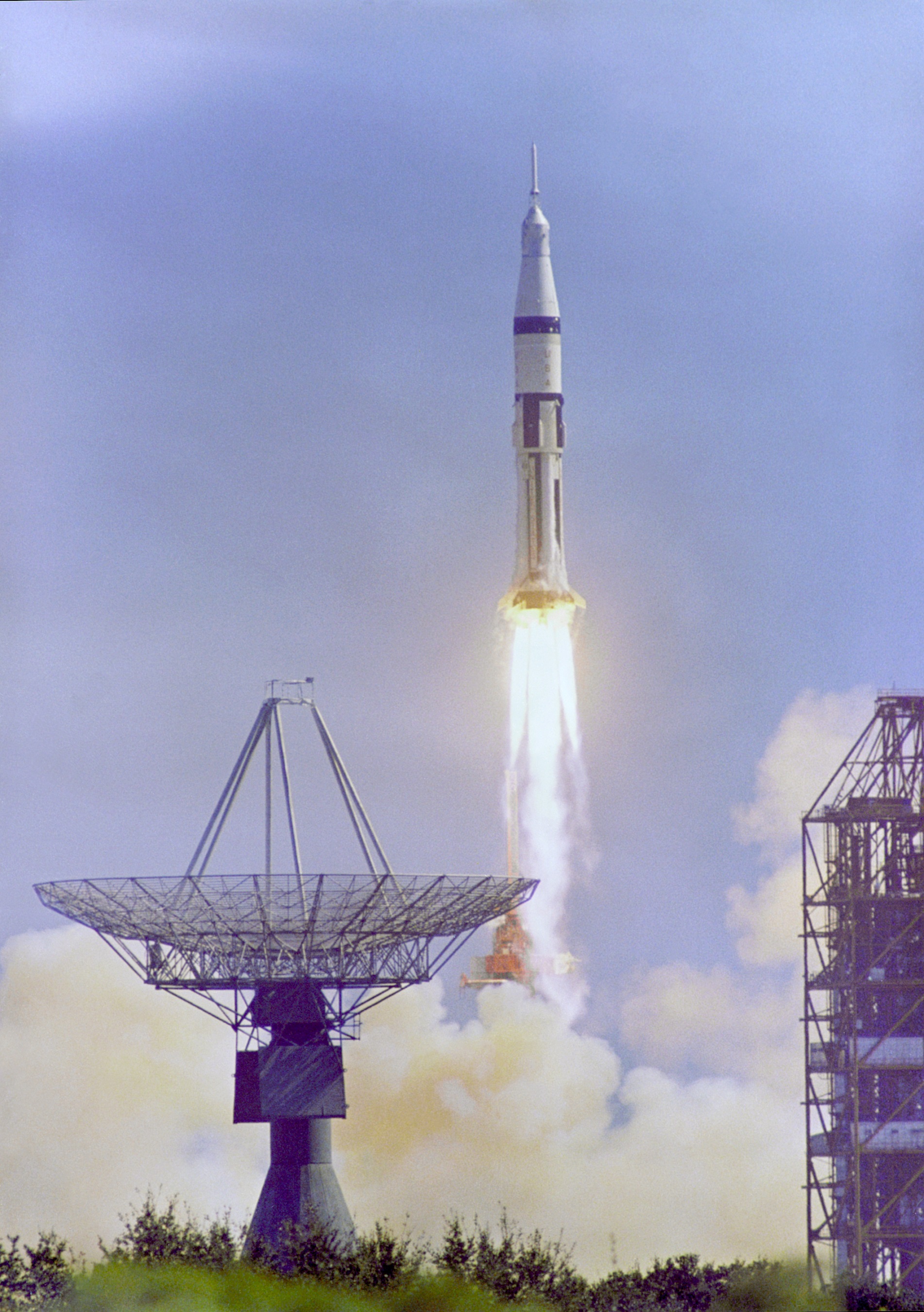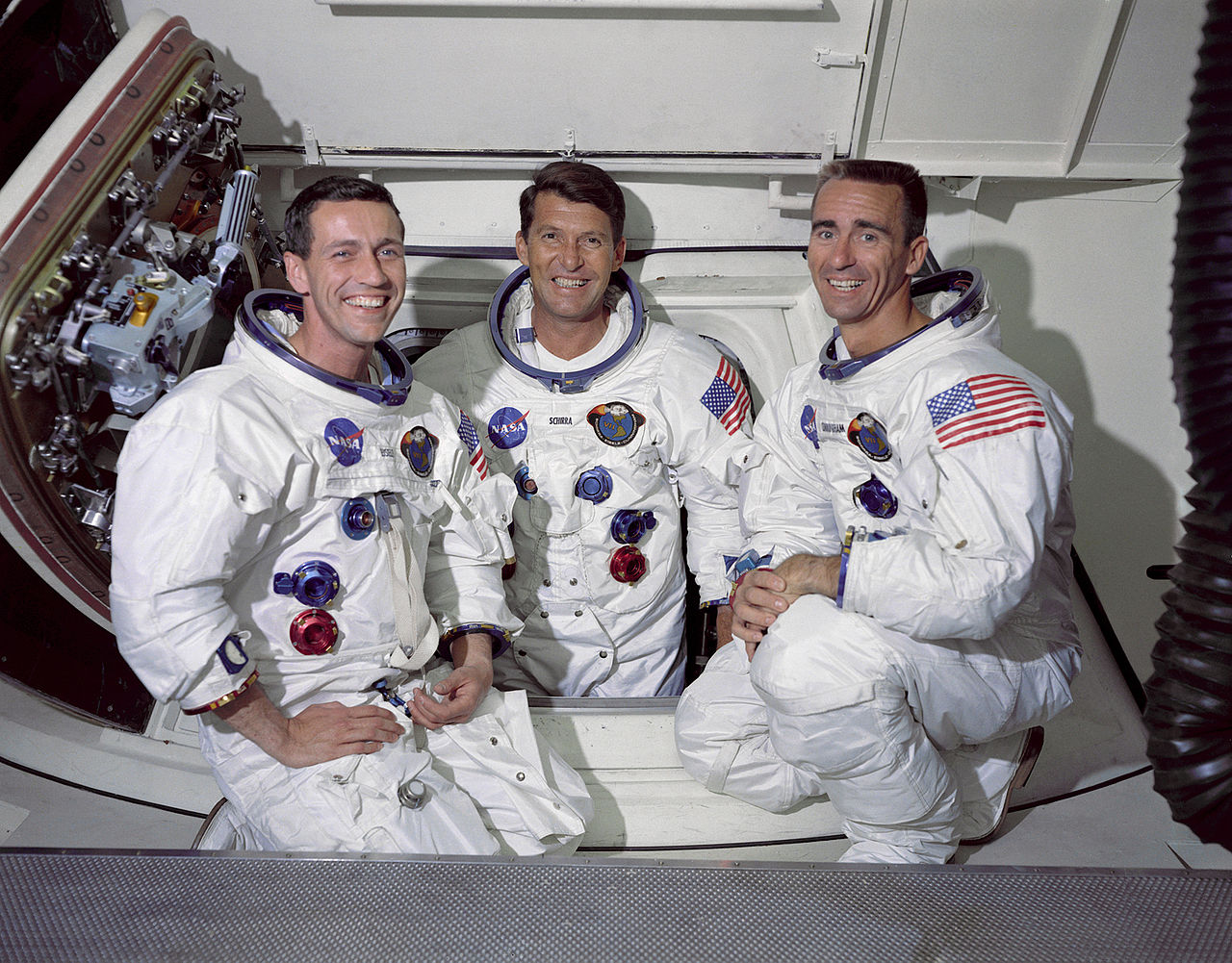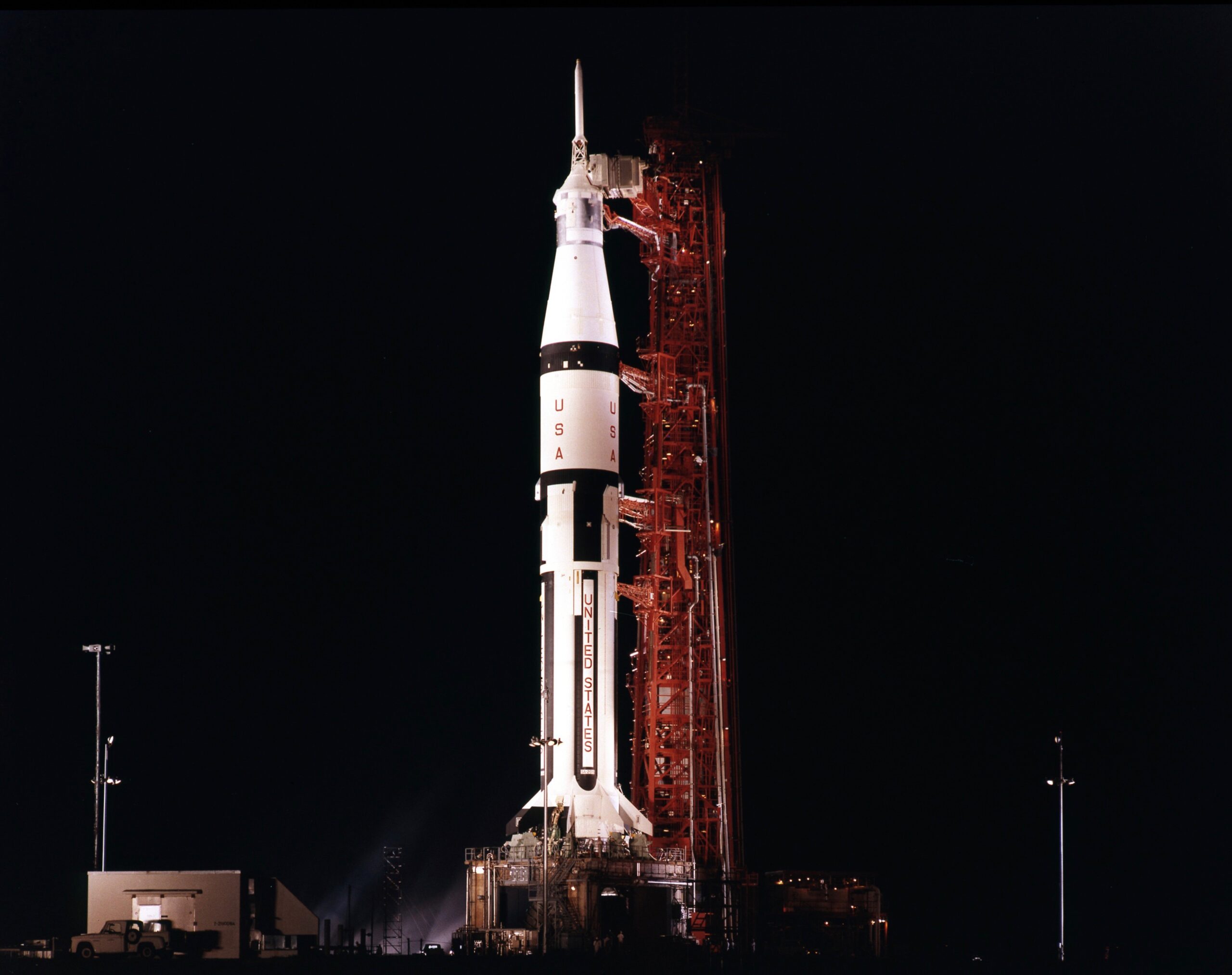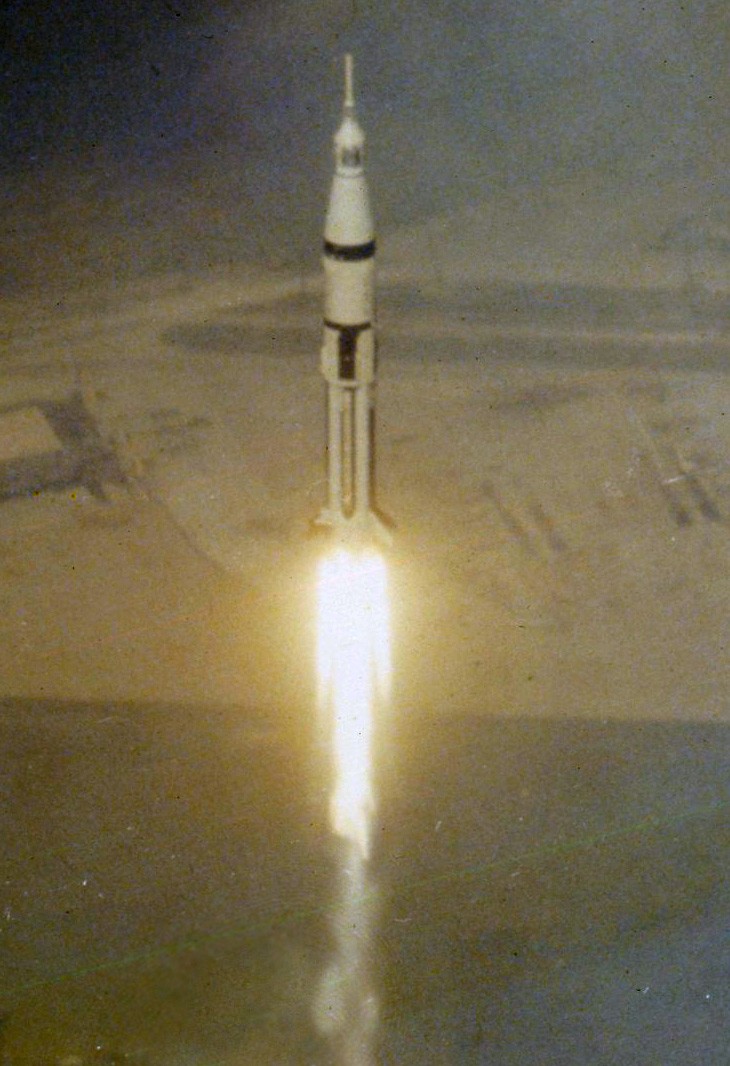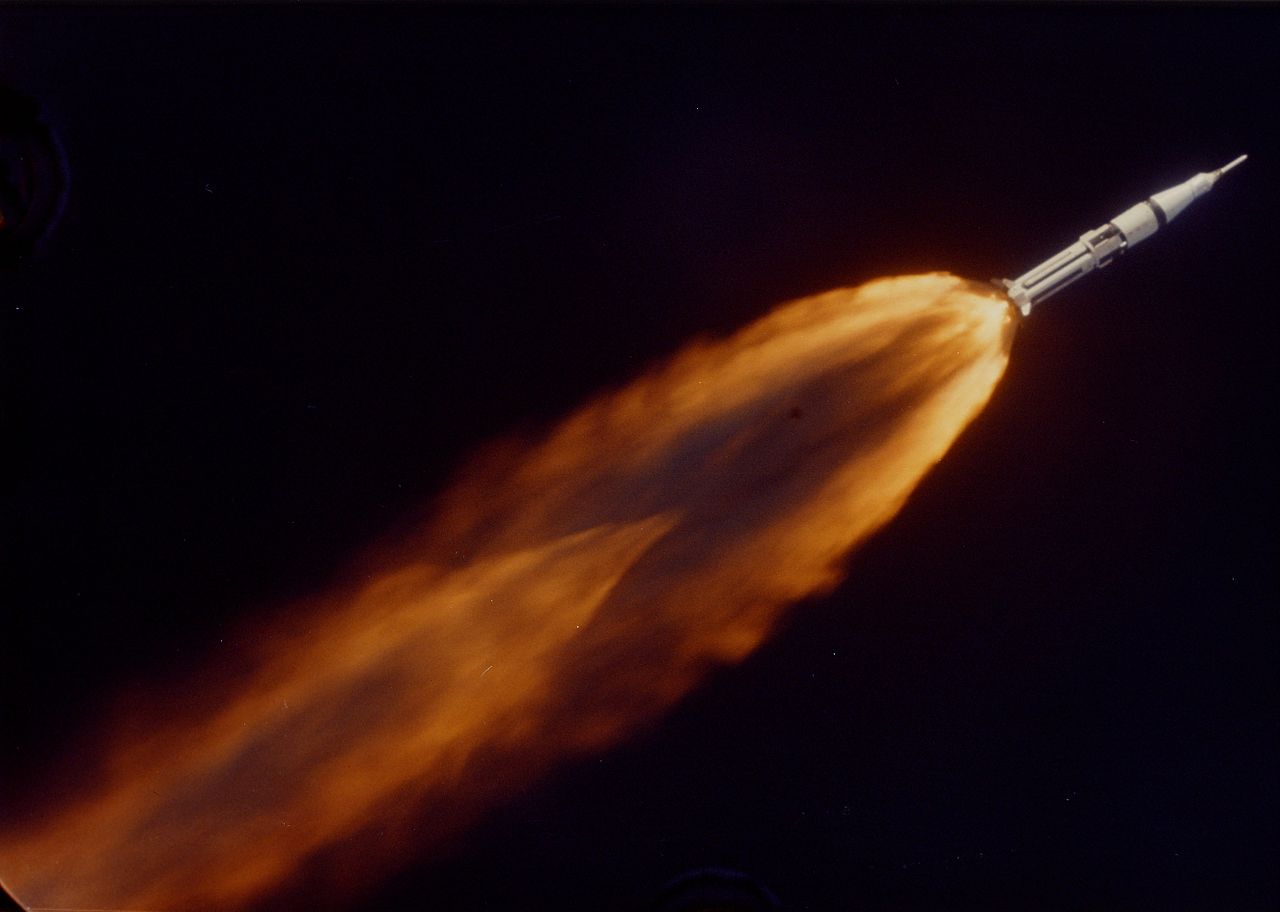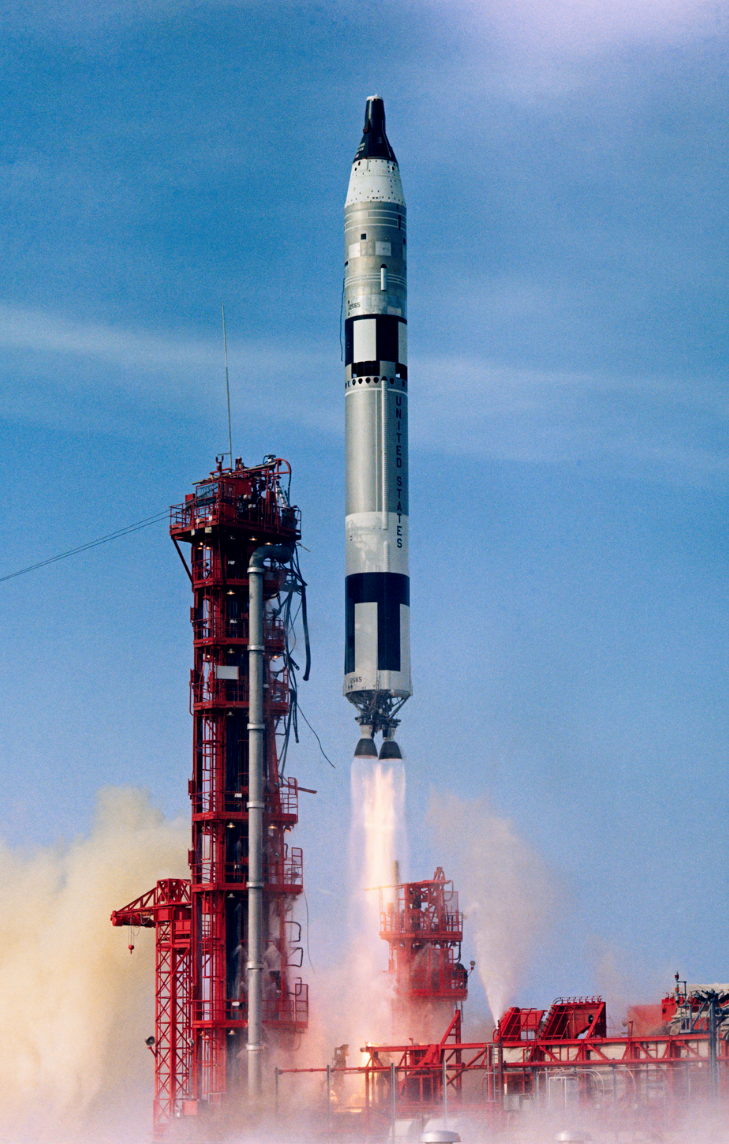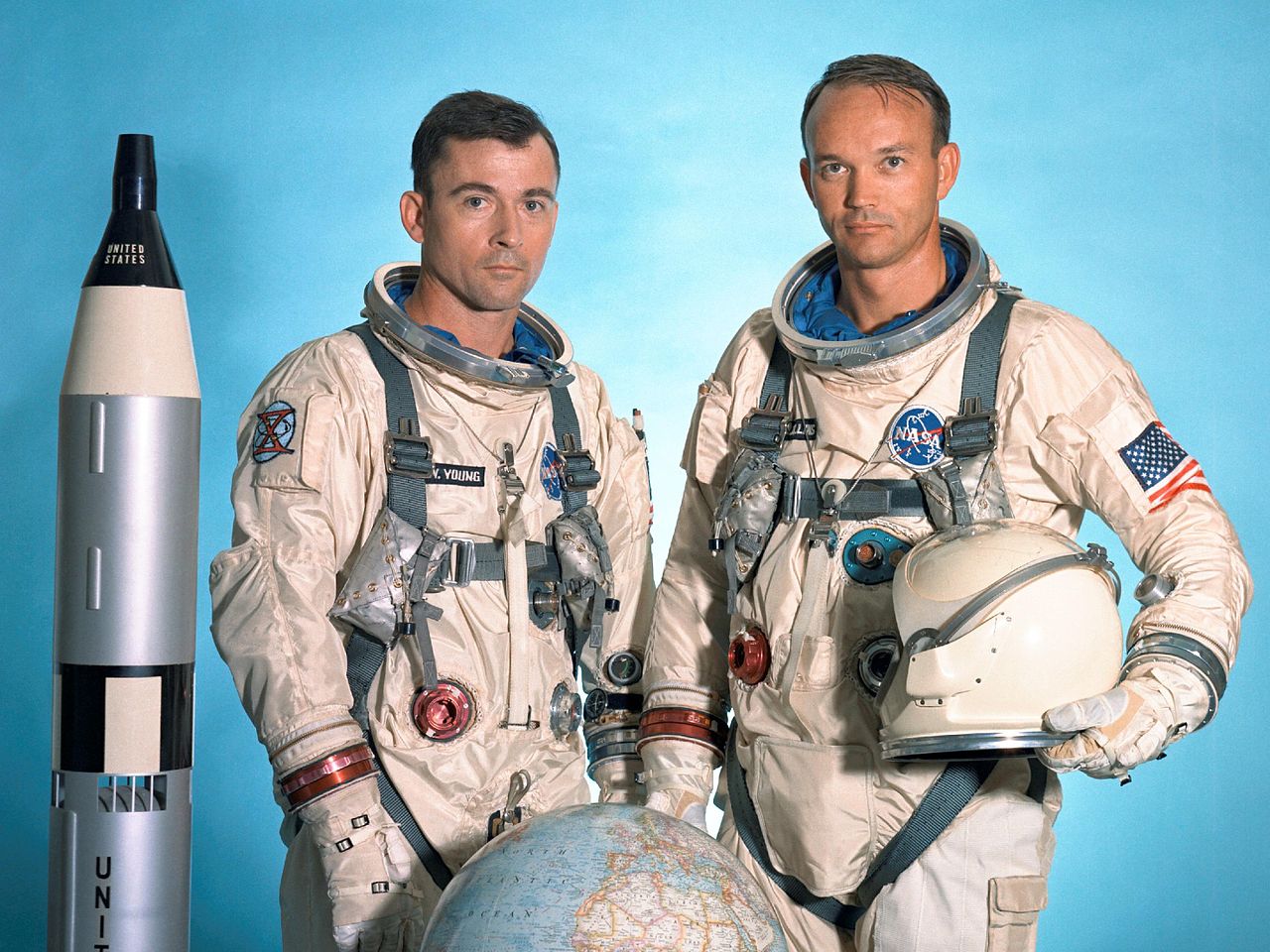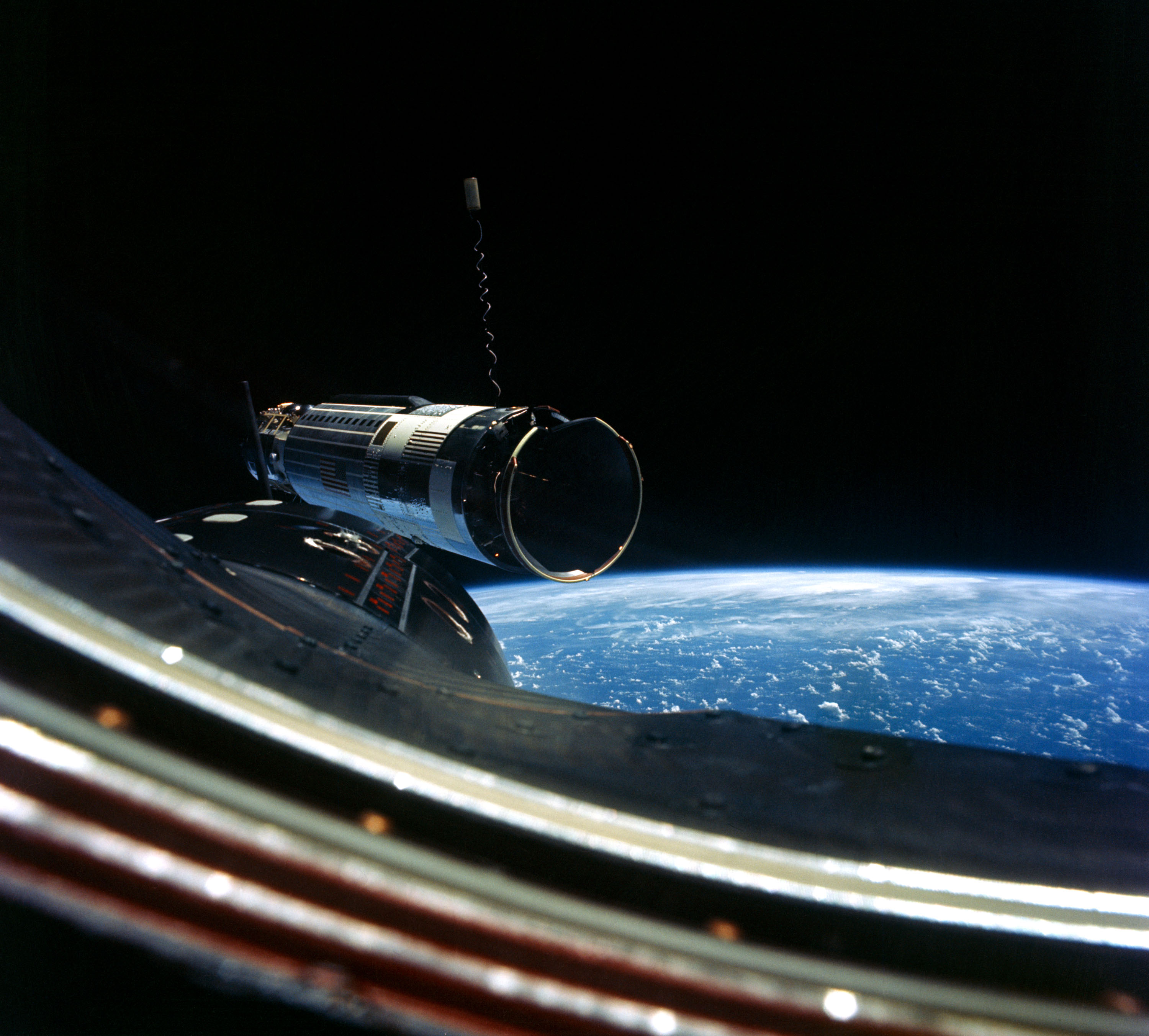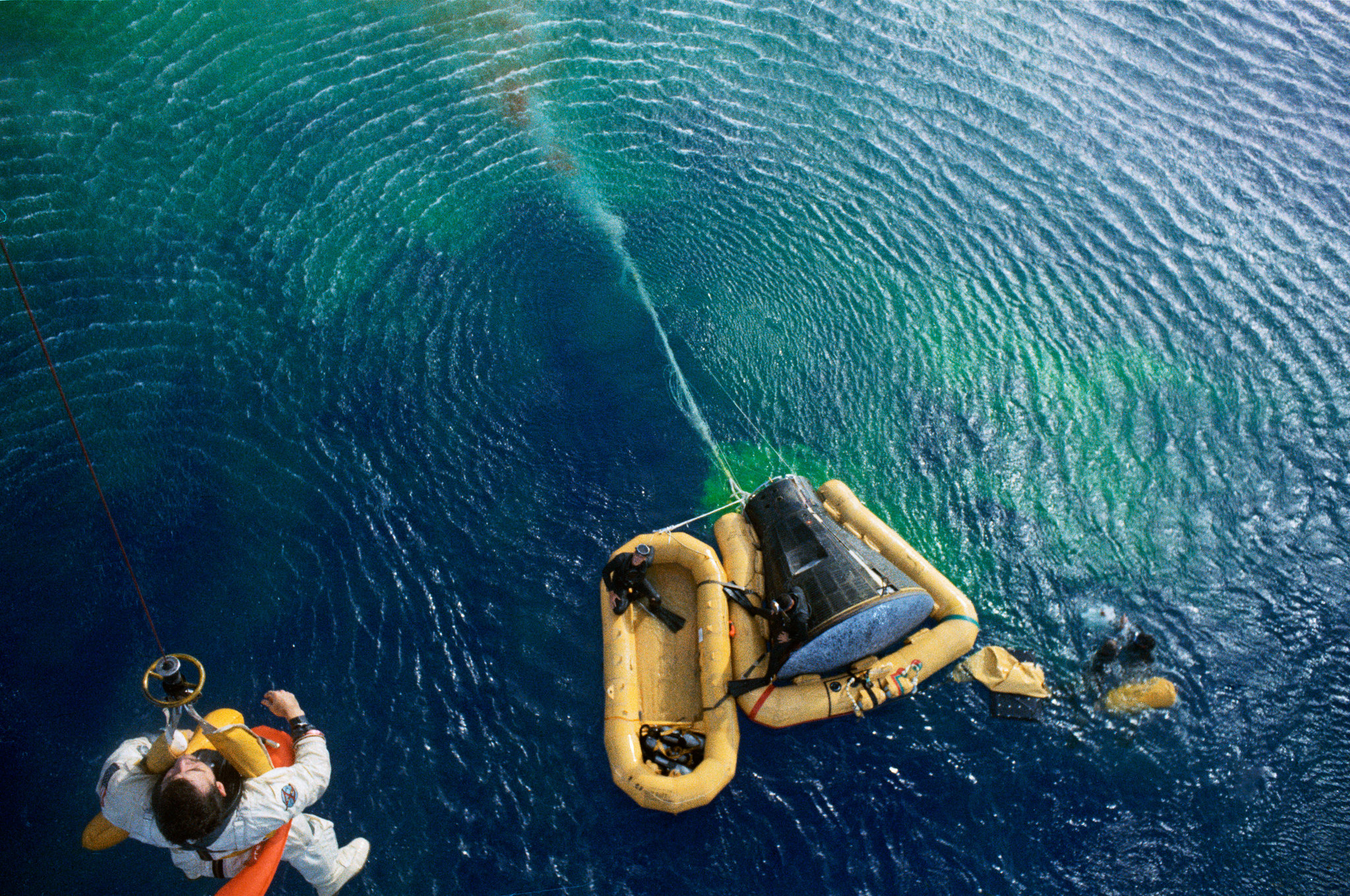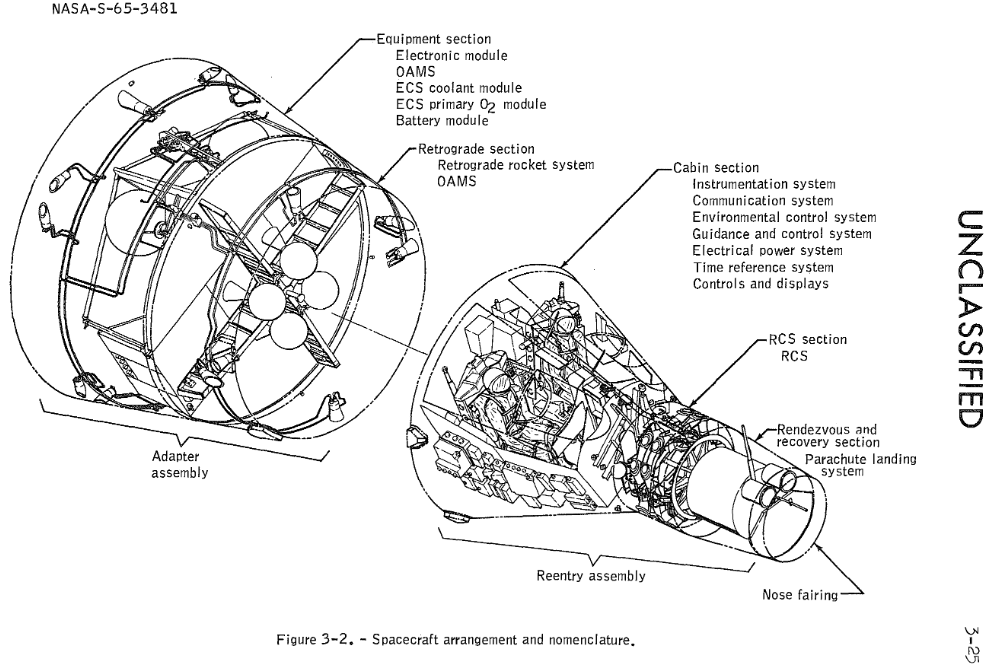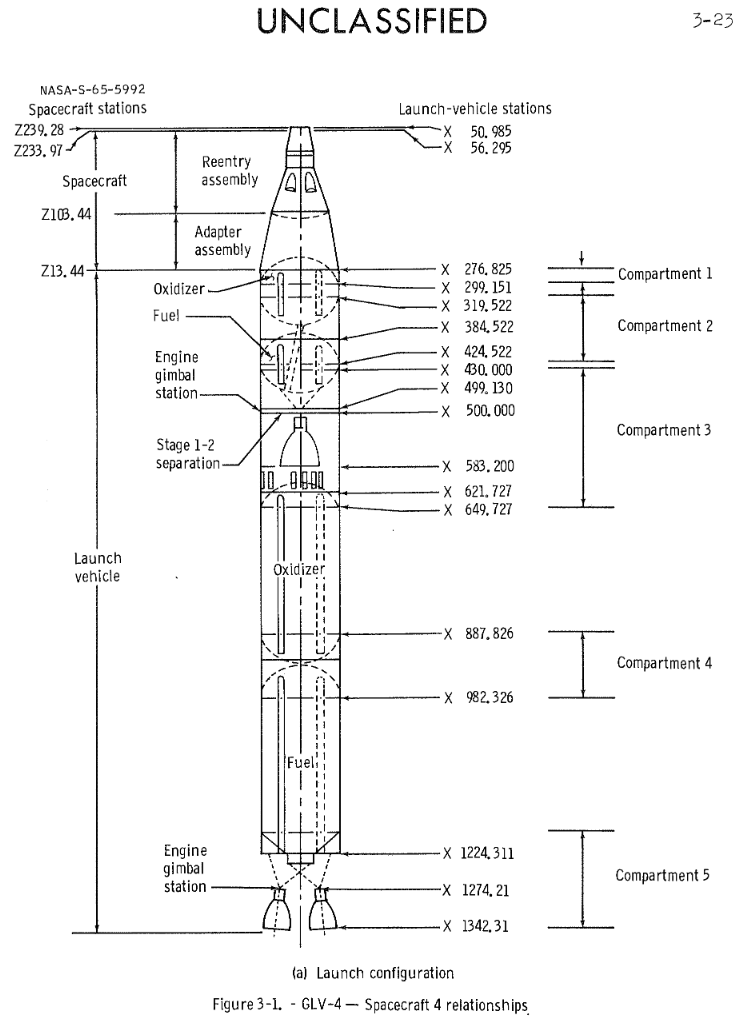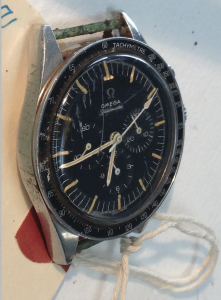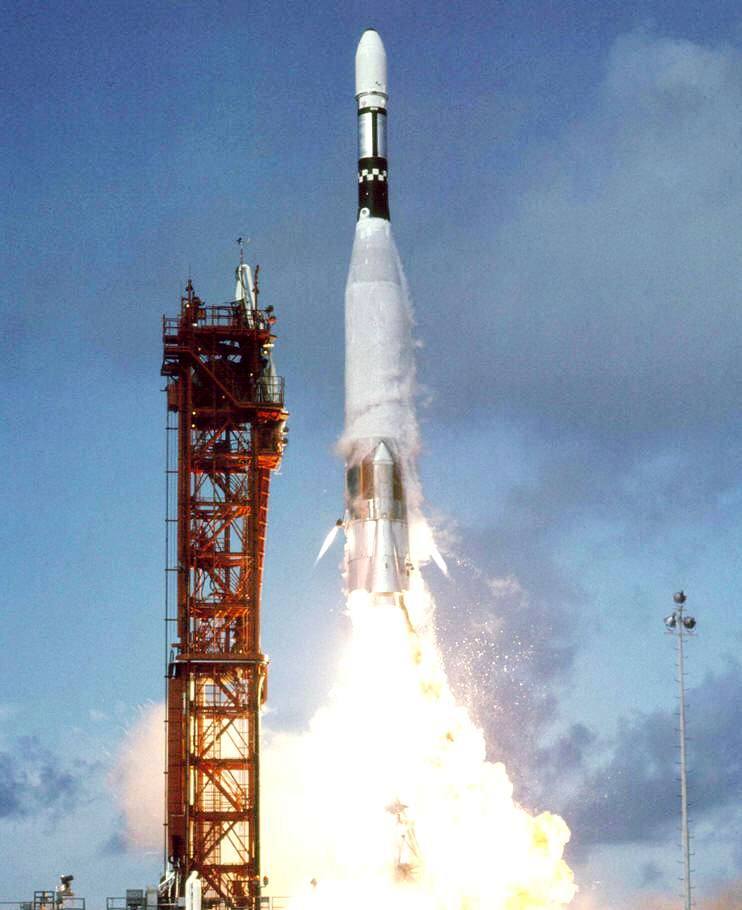
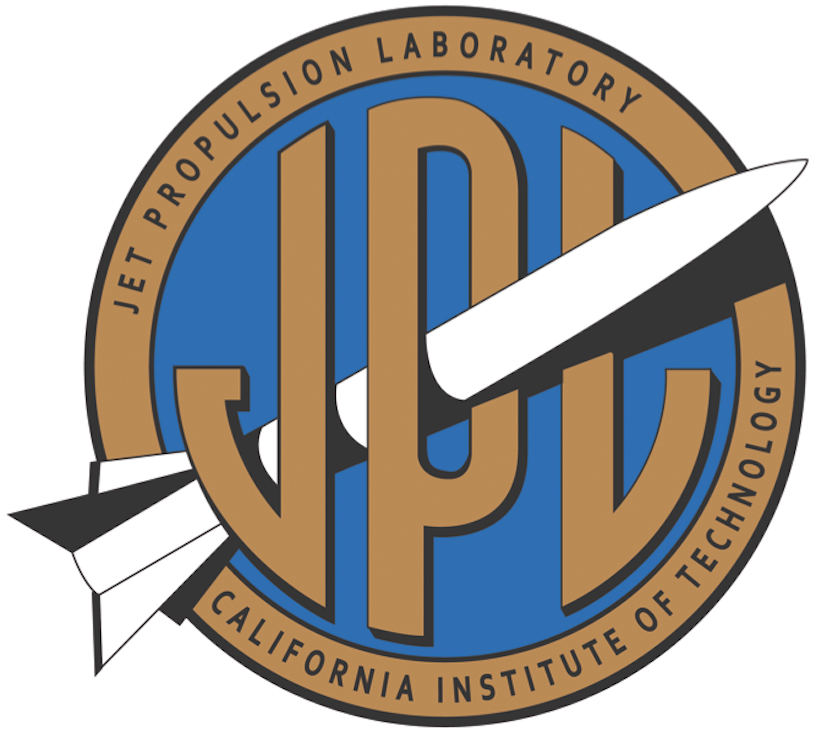 28 November 1964, 14:22:01.309 UTC: Mariner 4, a space probe designed and built by the Jet Propulsion Laboratory (JPL), lifted off from Launch Complex 12 at the Cape Kennedy Air Force Station, Cape Kennedy, Florida. The two-stage launch vehicle consisted of an Atlas D, number 288, and an Agena D, number 6932.
28 November 1964, 14:22:01.309 UTC: Mariner 4, a space probe designed and built by the Jet Propulsion Laboratory (JPL), lifted off from Launch Complex 12 at the Cape Kennedy Air Force Station, Cape Kennedy, Florida. The two-stage launch vehicle consisted of an Atlas D, number 288, and an Agena D, number 6932.
The Mariner 4/Agena D separated from the first stage Atlas booster at 14:27:23 UTC. A 2 minute, 24 second burn placed the Mariner/Agena in an Earth orbit. At 15:02:53, a one minute, 35 second burn placed the vehicle into a Mars Transfer Orbit. Mariner 4 separated from the Agena D at 15:07:09 UTC. Mariner then went into cruise mode.
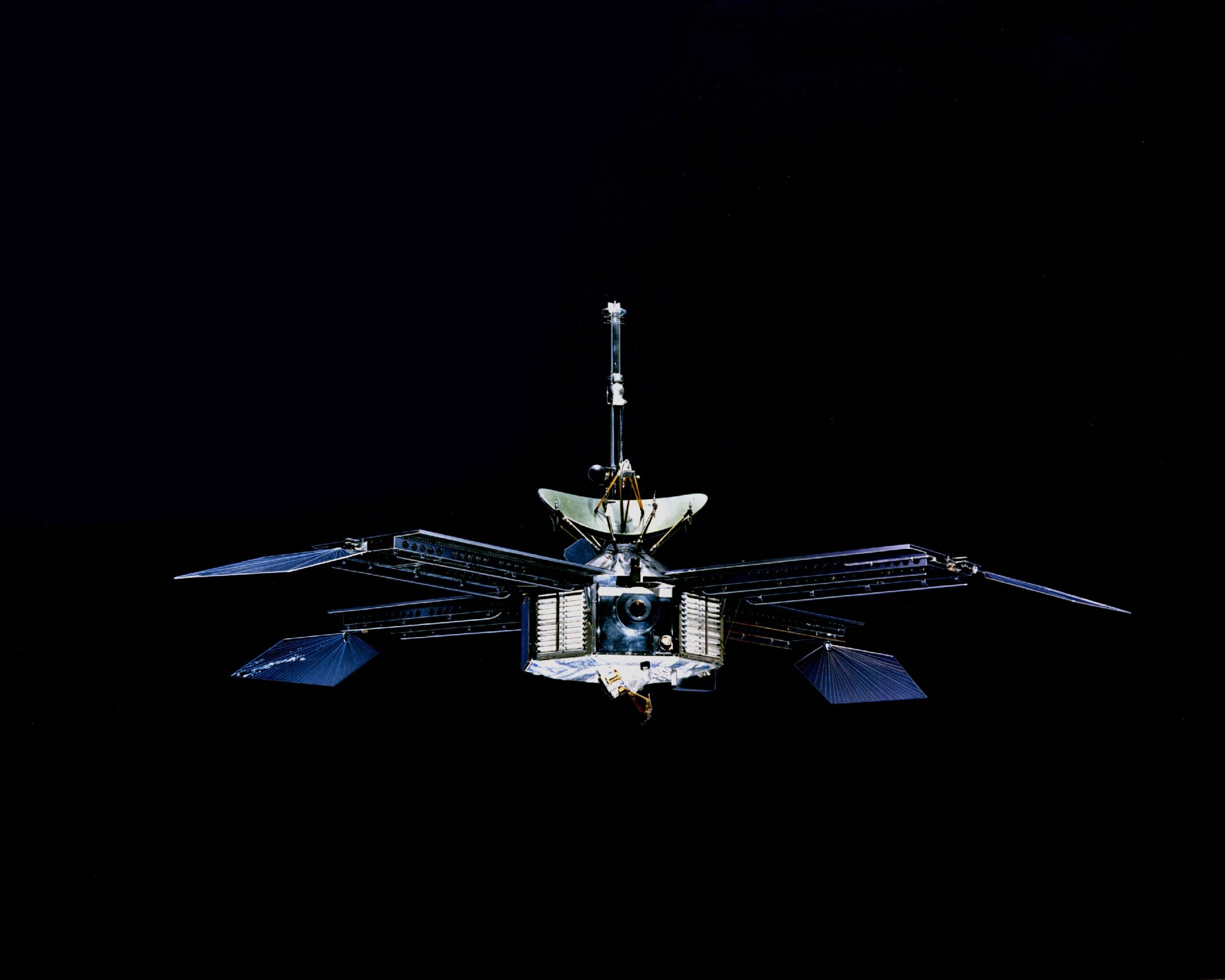
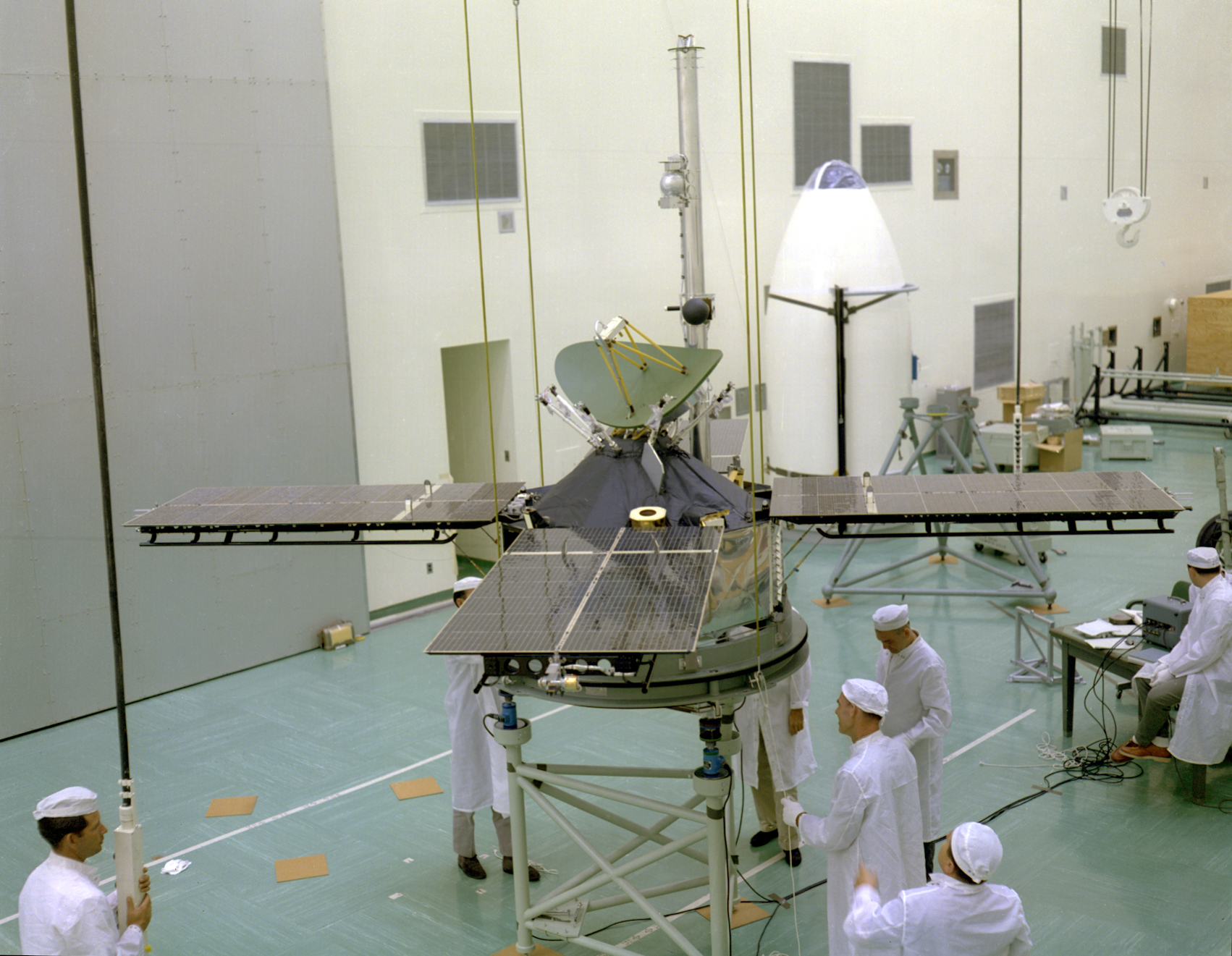
The mission of Mariner 4 was to “fly by” Mars to take photographic images and gather scientific data, then relay this to tracking stations on Earth. The spacecraft carried an imaging system, cosmic dust detector, cosmic-ray telescope, magnetometer, radiation detector, solar plasma probe and an occultation experiment.
Mariner 4 overall height, including the mast, was 289 centimeters. The body of the spacecraft had a width of 127 centimeters (4 feet, 2 inches) across the diagonal, and was 45.7 centimeters (1 foot, 6 inches high. 260.8 kilograms (118.3 pounds). Power was supplied by four solar panels, each 176 centimeters (5 feet, 9.3 inches) long and 90 centimeters (2 feet, 11.4 inches) wide. The panels had 28,224 individual solar cells capable of producing 310 watts at Mars.
![]() The rocket, a “1-½ stage” liquid-fueled Atlas LV-3, number 228, was built by the Convair Division of General Dynamics at San Diego, California. It was developed from a U.S. Air Force SM-65 Atlas D intercontinental ballistic missile, modified for use as an orbital launch vehicle.
The rocket, a “1-½ stage” liquid-fueled Atlas LV-3, number 228, was built by the Convair Division of General Dynamics at San Diego, California. It was developed from a U.S. Air Force SM-65 Atlas D intercontinental ballistic missile, modified for use as an orbital launch vehicle.
The LV-3 was 65 feet (19.812 meters) long from the base to the adapter section, and the tank section is 10 feet (3.038 meters) in diameter. The complete Atlas-Agena D orbital launch vehicle is 93 feet (28.436 meters) tall. When ready for launch it weighed approximately 260,000 pounds (117,934 kilograms).
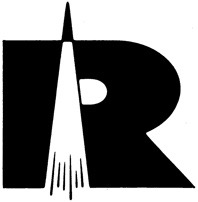 The Atlas’ three engines were built by the Rocketdyne Division of North American Aviation, Inc., at Canoga Park, California. Two Rocketdyne LR89-NA-5 engines and one LR105-NA-5 produced 341,140 pounds (1,517.466 kilonewtons) of thrust. The rocket was fueled by a highly-refined kerosene, RP-1, with liquid oxygen as the oxidizer.
The Atlas’ three engines were built by the Rocketdyne Division of North American Aviation, Inc., at Canoga Park, California. Two Rocketdyne LR89-NA-5 engines and one LR105-NA-5 produced 341,140 pounds (1,517.466 kilonewtons) of thrust. The rocket was fueled by a highly-refined kerosene, RP-1, with liquid oxygen as the oxidizer.
The second stage was an Agena D, built by Lockheed Missiles and Space Systems, Sunnyvale, California. The Agena D was 20 feet, 6 inches (6.299 meters) long and had a maximum diameter of 5 feet, 0 inches (1.524 meters). The single engine was a Bell Aerosystems Company LR81-BA-11, with 16,000 pounds of thrust (71.1 kilonewtons). It was also liquid fueled, but used a hypergolic mixture of nitric acid and UDMH. This engine was capable of being restarted in orbit.
Mariner 4 made its closest approach to Mars, 9,846 kilometers (6,118 miles) on 15 July 1965. The final contact with the probe occurred on 21 December 1967.
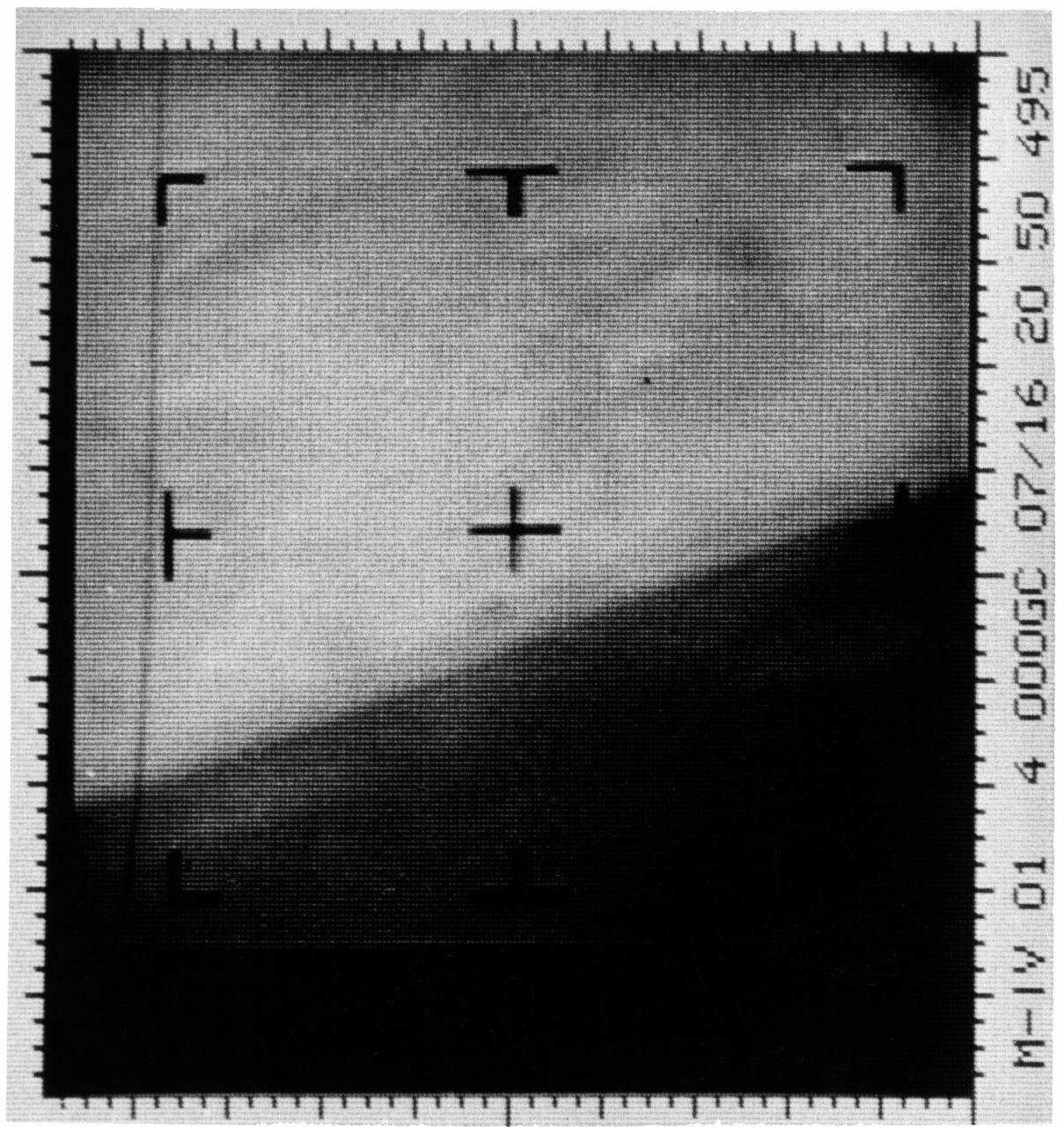
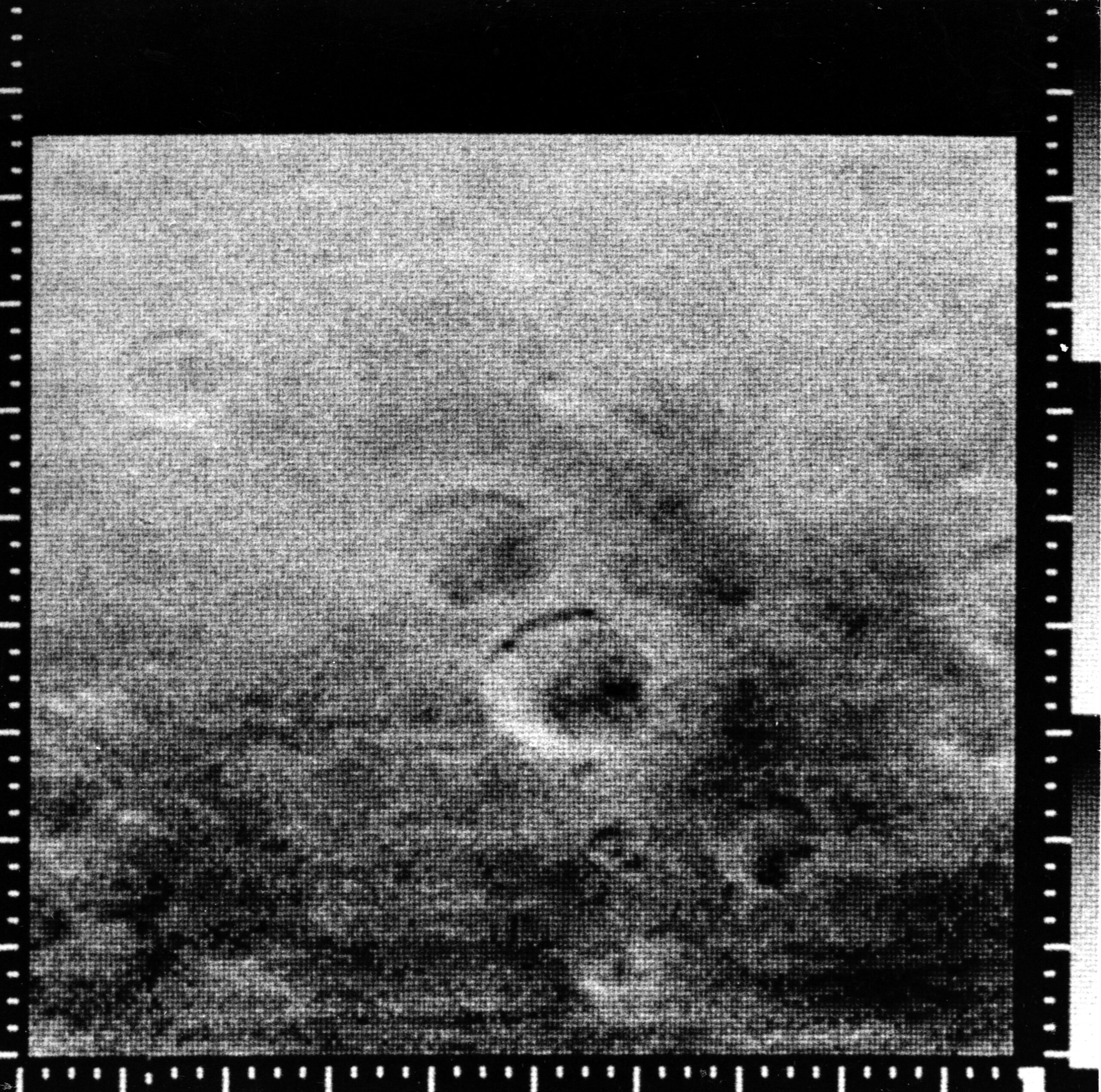
© 2019, Bryan R. Swopes
